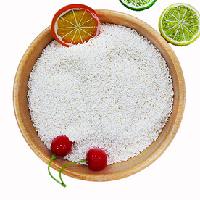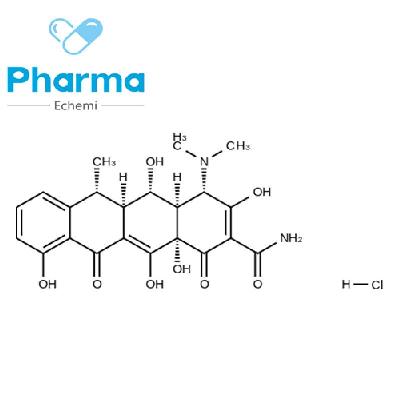-
Categories
-
Pharmaceutical Intermediates
-
Active Pharmaceutical Ingredients
-
Food Additives
- Industrial Coatings
- Agrochemicals
- Dyes and Pigments
- Surfactant
- Flavors and Fragrances
- Chemical Reagents
- Catalyst and Auxiliary
- Natural Products
- Inorganic Chemistry
-
Organic Chemistry
-
Biochemical Engineering
- Analytical Chemistry
- Cosmetic Ingredient
-
Pharmaceutical Intermediates
Promotion
ECHEMI Mall
Wholesale
Weekly Price
Exhibition
News
-
Trade Service
On January 10, 2022, the Journal of Nutrition , a well-known international journal in the field of nutrition, published the article "Different isocaloric meals and adiposity modify energy expenditure, clinical and metabolomic biomarkers during resting and exercise states in a randomized cross-over acute trial of normal weight and overweight/obese men”
.
This short-term intervention is the first to systematically investigate the effects of different dietary macronutrient ratios, body mass index (BMI), exercise, and resting state on energy metabolism and clinical cardiovascular metabolism-related indicators and metabolome profiles under isoenergetic conditions
With the rapid transformation of dietary nutrition and life>
.
The discovery of effective dietary intervention strategies is of great significance for the prevention and control of such diseases
In this 3 × 2 × 2 randomized controlled, crossover design short-term dietary intervention study, Lin Xu's research team recruited 20 normal weight and 20 overweight/obese male volunteers aged 18-45 years old, and randomly ordered Give 3 isocaloric experimental meals with different macronutrient ratios (high-carb+low-fat, low-carb+high-fat, high-protein+low-fat), and eat each meal for two consecutive days: on the first day (resting day) Resting energy expenditure was collected at multiple time points on an empty stomach, 0, 1, 2, and 3 hours after meals by indirect calorimetry, and at rest before meals and after meals on the second day (exercise day).
Energy expenditure for 30 minutes of moderate-intensity cycling
.
Fasting and 2-h postprandial blood samples were collected on both rest days and exercise days
Researcher Lin Xu and Associate Researcher Sun Liang of Shanghai Institute of Nutrition and Health, Chinese Academy of Sciences are the co-corresponding authors of the article, and Ph.
D.
students Xiong Quan and Associate Researcher Sun Liang are the co-first authors
.
This subject has been funded by the key projects of the Chinese Academy of Sciences, the Shanghai Municipal Science and Technology Commission, the National Natural Science Foundation of China, and the By-Health Nutrition Research Fund Project
Original link: https://academic.







